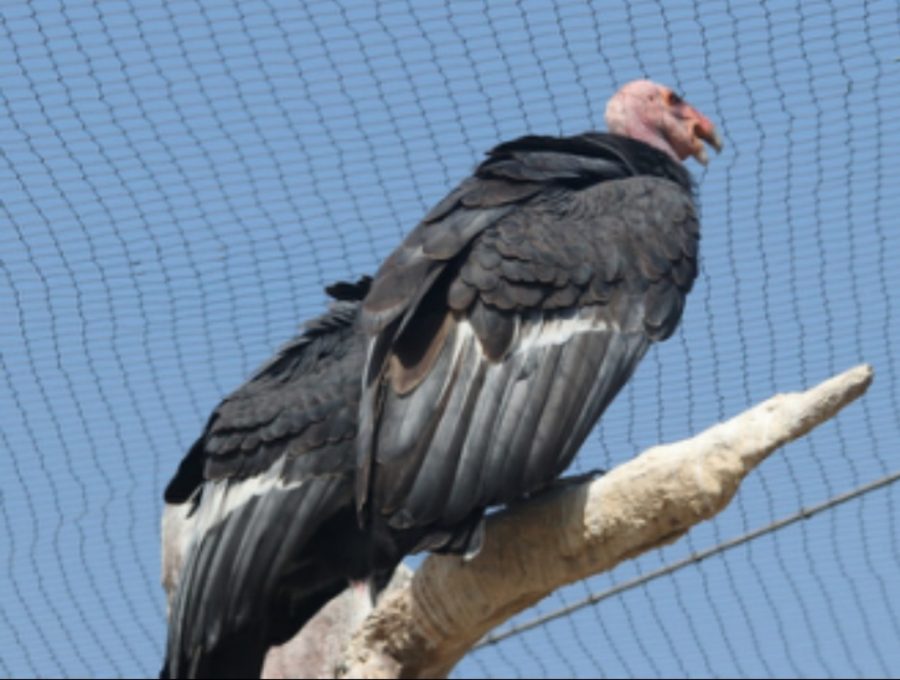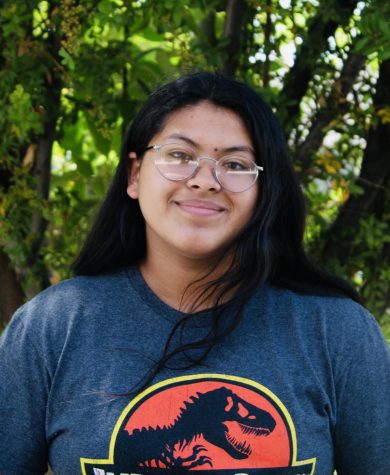California’s Very Own Condors can have Virgin Births
San Diego Zoo
San Diego Wildlife Alliance researchers were able to confirm the first case of asexual reproduction in California condors through genetic testing. The testing was done with 2 deceased male chicks that hatched in 2001 and 2009 from unfertilized eggs.
Asexual reproduction can be done by different captive bird species where females are unable to mate with a male because they don’t have access to one. However, the mothers of the two chicks had full access to breed with the males they were housed with.
One key component seemed to stump the researchers. Although both mothers went through asexual reproduction, they both had reproduced successfully before and after the births. The researchers are unsure of why this may have happened, but one thing they are sure of is that this has happened more than once.
With the belief that this reproduction may be taking place with condors in the wild, scientists would call this a survival tool. However, the question of whether or not asexual reproduction truly helps support the species is still in the air.
The chick that hatched in 2001 was named SB260. It died less than 2 years after it was released. Keepers said it was always small in size and unable to integrate well with wild birds. The chick named SB517 was hatched in 2009 and lived longer than the first but ultimately died in captivity around the age of 8. He was kept due to trouble walking and a curved spine.
Scientist don’t believe that asexual reproduction in our condors can help save the species from extinction due to possible birth defects and the out comes of SB260 & 517. However, this discovery has opened up a new wonder to see if other species reproduce asexually.
Your donation will support the student journalists of Canyon High School. Your contribution will allow us to pay for our print issue magazine, website, and equipment costs.


